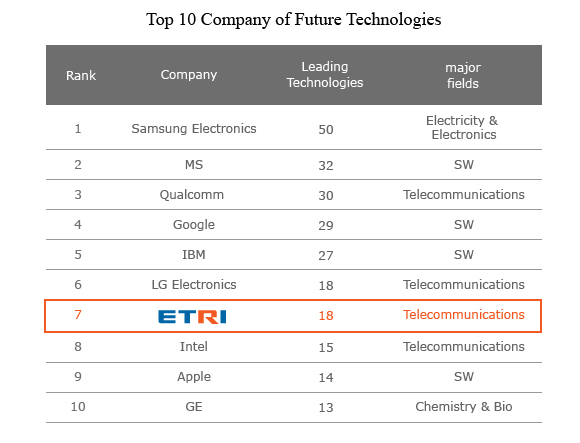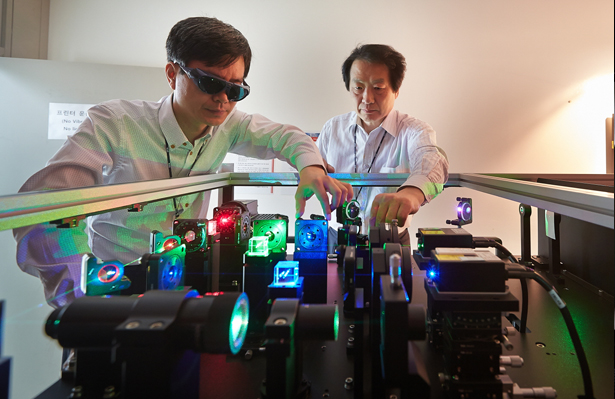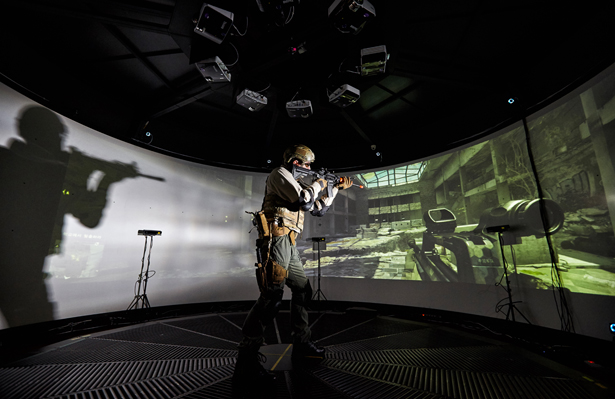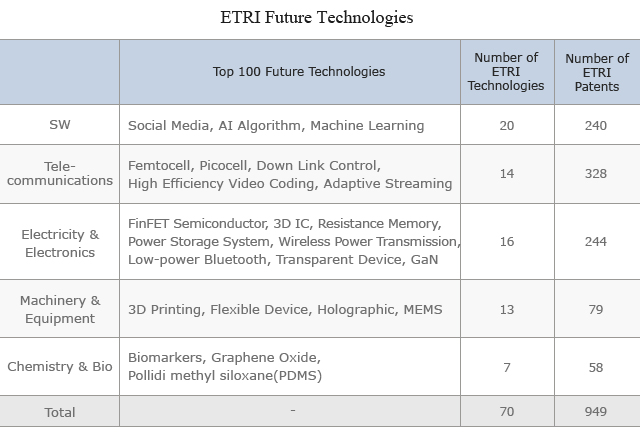
ETRI Leads the Way in Future ICT Fields
ETRI, the World’s 7th
ETRI ranked seventh in the world in terms of the number of promising technologies owned. In a joint effort with PatentPia, a patent analysis agency (CEO: Mr. Min-su Kang), the online newspaper IPnomics analyzed the top 100 future patent technologies for 2020, and ETRI was among the top ten organizations in terms of the number of patents owned for each promising technology.
Among the top-ranked institutions, Samsung Electronics took the world’s top place with a total of 50 promising technologies, followed by LG Electronics and ETRI ranked sixth and seventh, respectively, with 18 technologies each. With renowned global companies such as Microsoft, Google, Intel, and Apple among the list, ETRI exhibited its outstanding expertise as a global ICT research institution.
ETRI possesses a total of 949 patents in 70 technological fields among the top 100 promising technologies, and among them 18 fields were included in the top 10 list as leading achievements.

18 Leading Technologies Including HEVC and Holographic Display
The 18 promising technologies for which ETRI has a competitive edge are: ▲HEVC (high efficiency video coding) ▲holographic display ▲M2M ▲virtual reality ▲VLC (visible light communication) ▲depth map ▲graphene oxide ▲SDN (software defined networking) ▲smart antenna ▲smart meter ▲energy harvesting ▲intelligent algorithms ▲quantum dot ▲femtocell communications ▲point cloud ▲PDMS (polydimethylsiloxane) ▲mixed reality and ▲behavior patterns.
According to the survey, in addition to the 18 leading areas, ETRI also has patents for a total of 70 promising technologies, including hybrid communications, downlink control, augmented reality, wireless power transfer, MME (mobility management entity), hypervisor, gesture recognition, and haptic feedback.



Promising Technologies to Lead Future
The purpose of this survey is to analyze global patents to identify promising technologies for the coming years and the competitive power major businesses and institutions. To obtain reliable results, PatentPia used Golden Compass, a promising technology forecasting model developed by applying AI machine learning to patent big data. This model used diverse IP activities contained in big data as variables to analyze each patent technology and forecast promising technologies. The patent variables used for the survey include: patent registration, patent purchase, patent quotation, lawsuit information, patent transfer through M&A, scope of global patent investment, R&D concentration, activities of major patent companies, and activities of key developers.
Although many of the promising technologies defined by PatentPia have not yet emerged, the top 100 selections can be understood as a group of technologies to change the future business environment. The 100 promising technologies are divided into five areas (software, communications, electricity and electronics, machine and devices, and chemistry and bioscience). The survey chose 25 technologies for the SW area, 15 for communications, and 20 for each of the other three areas.
